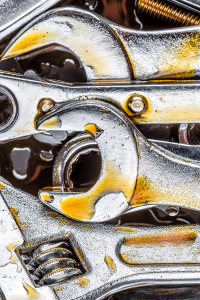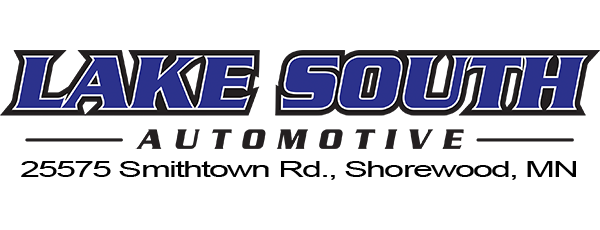
When having the vehicle inspected, every part should be checked. This even includes the belts of the vehicle. These are important because they help the engine, cooling, air conditioning, and charging systems operate effectively and smoothly. There are several belts that help to make your vehicle run. The timing belt keeps the crankshaft and camshaft mechanically synchronized for engine timing. The serpentine, V-belt, and fan belt all transmit power from the front of the engine to the accessories that are ran, such as the air conditioning, charging system, and fans. Always make sure to take your vehicle in for its regular inspection, as the belts will be checked and looked at to make sure they are in good condition. You may come across insistences from time to time where a belt will slip off, even if it is still in good condition.
Reasons to Inspect the Belts
It is important to keep the belts maintained and always make sure to inspect them. If V-belts or Serpentine belts fail, it will more than likely cause your vehicle to breakdown. A broken belt is always bad because when it snaps, all the power to whatever the belt turns, will be lost. That means the water pump quits circulating coolant through the engine, the power steering pump quits assisting the steering, and the air conditioner quits cooling. Many newer vehicles have a single serpentine belt that will drive all of the engine’s accessories, which means when the belt fails, everything will stop working. If you get the belts inspected and replaced periodically, it can minimize the risk of a breakdown caused from a belt failure. If you notice a belt squealing, especially on the fan or air conditioner, it may be a sign a belt is starting to go out. The alternator, power steering pump, air pump, or air conditioner compressor may become noisy due the excessive belt tension, which is another indication you may need a belt replaced soon.
Purpose of the Belts
Different belts serve as different things to your vehicle. The timing belt is a notched rubber belt that allows the crankshaft to turn the camshaft. This opens and closes the valves in synchronized movement with the engine’s pistons. If the timing belt breaks, the engine will stop working and more than likely cause major engine damage. If the belt slips, it could open at the wrong time and be stuck by your engine’s pistons. You will notice this from a slapping noise coming from your engine. The serpentine belt powers the air conditioning compressor, power steering pump, cooling fan, as well as others. When this belt breaks, all of the engine parts it powers will stop, which could lead to your engine to overheat and be damaged. Any warning noise that sounds like screeching coming from you engine usually is an indication it is starting to break.
How the Belts Benefit the Car
It is important to keep the belts inspected and maintained to avoid possible issues in the future. Your engine can lock up, power steering can stop, and all things powered by the belts can quit. Depending on which belt and the severity, your vehicle can even start to overheat. Belts can slip or can break down with heat, mileage, and even age. That is why it is important to always have them examined, as we will be able to let you know when the belts should be replace.



